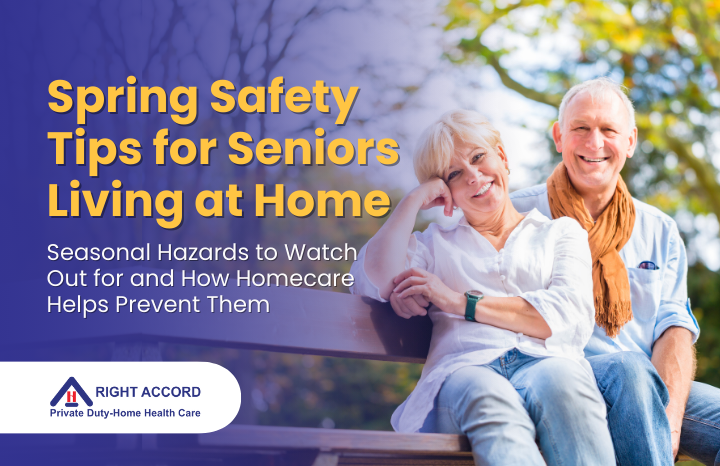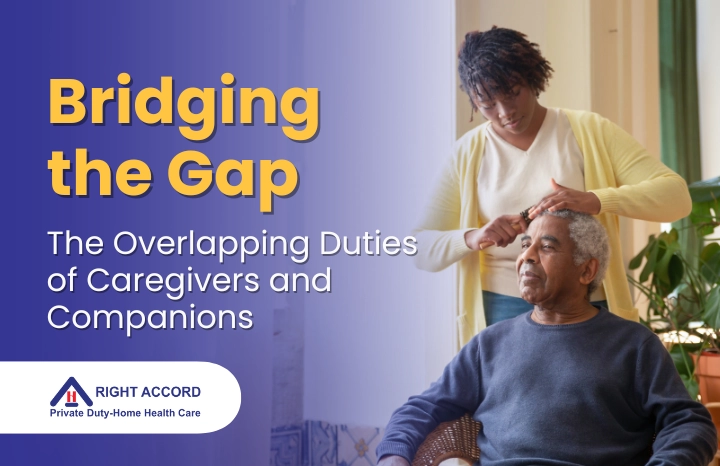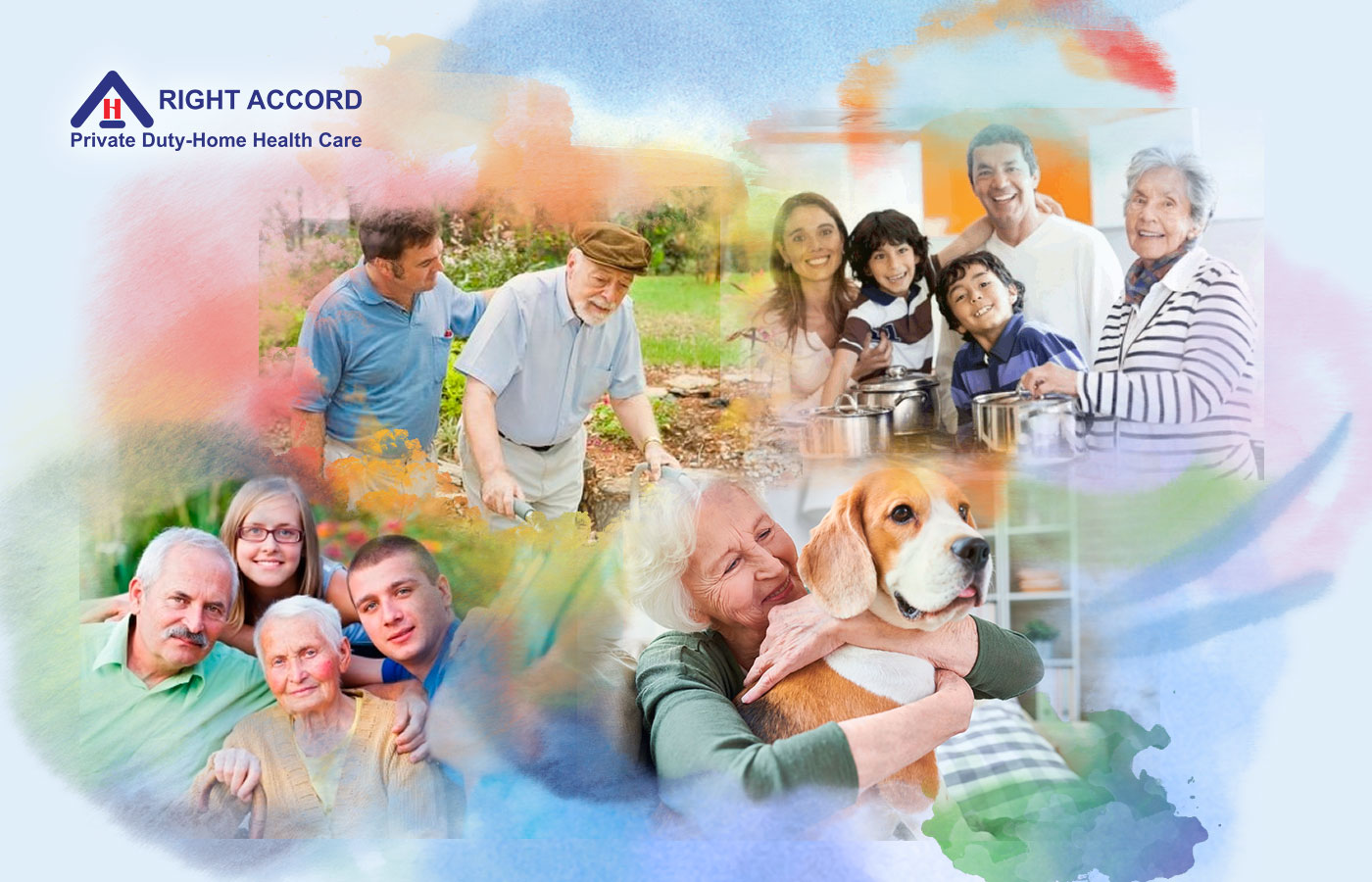· 7 min read
Falls in the Elderly Risk Factors and Prevention
Falls in the elderly is one of the points of concern for the elderly and their caregivers. Knowing the risk factors and early prevention is the only best way to keep your elderly safe from falls.
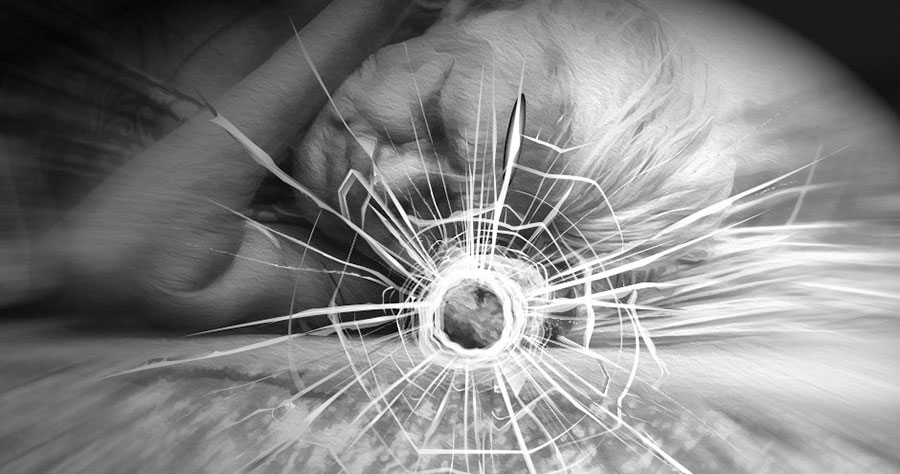
By: Rosemarie Tamunday Casanova
A list of helpful tips, steps and important measures to undertake when an elderly person falls at home
Getting old is a beautiful thing. It’s something we all hope to experience with time. Getting old however can present its own set of challenges. Aside from the health challenges associated with aging, one of the points of concern for the elderly and their caregivers is frequent falls. This is why we come up with some helpful tips and ideas about fall prevention at home in the elderly.
HOW CAN FALLS BE PREVENTED?
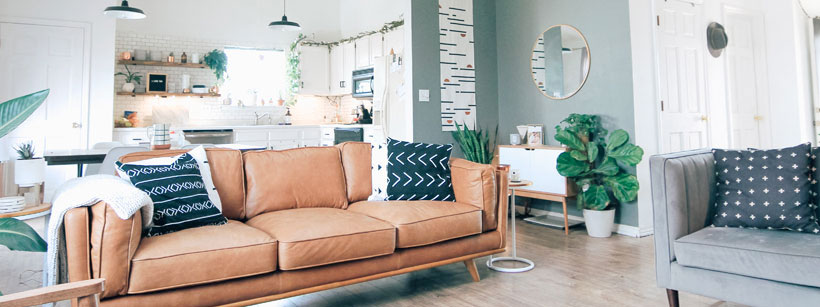
Photo by Kara Eads on Unsplash
While aging is inevitable, a good number of the risk factors that contributes to fall at home in the elderly. It can be modified in order to prevent them and where they have already occurred, a recurrence can be averted.
Steps to make your home safer include:
Good lighting: this is very important. Lighting between the bed and bathroom and toilet should be bright. Lighting in hallways and steps should equally be bright. You may place fluorescent tapes on the top and bottom stairs to make them more visually prominent.
No clutter: walkways and corridors should be free from clutter. Old newspapers and magazines should be discarded.
Remove tripping hazards: ensure that items like worn carpets and rugs with holes or long threads are changed. You can use adhesive strips on mats and rugs to further reduce the chances of tripping. Also, other things that could cause a trip and fall such as electrical cords, telephone wires, and the like should be kept out of the way.
Install handle rails in the bathroom besides bath tubs, showers, and on the walls for support as bathroom tiles can be slippery when wet. You could also use a rubber mat on the bathroom floor for this reason.
Have grab rails installed by the sides of the toilet.
Install hand rails near steps if they aren’t there already.
Mop up spills on the floor immediately.
Avoid too-long clothing which trail the floor such as dressing gowns as you may trip on them.
Sturdy but comfortable shoes are a better option than socks or loose slippers. You may also wear non-slip socks with grips on the soles if you prefer those.
Install bed alarms.
Install smoke alarms and ensure you have your fire extinguishers within easy reach to reduce the risk of falling in an emergency.
Wear fall alert bracelets.
Get a portable phone that you can carry around so as to minimise rushing for the telephone and also give you an easy means of calling for help should the need arise.
Consider getting hip or limb protectors which help to prevent a fracture if a fall does occur.
Reorganize your work and storage areas so that the things you frequently need are within easy reach. That way you avoid unnecessary climbing on stools to reach for heights.
If you can, live on one level. This will minimise the need to navigate steps.
Do not leave garden or other work tools lying around the house.
Ensure that outside walk paths are well swept and that unbroken or uneven walking surfaces are repaired.
Asides from these safety tips for the in home senior care, maintaining optimum health and well-being is hugely beneficial in reducing the risk of fall at home in the elderly.
A few tips on how to achieve this include:
- Eat a balanced diet, especially foods rich in vitamin D and calcium such as fatty fish, egg yolk, beef liver, milk, cheese, yoghurt, etc.
- Drink a lot of fluids.
- Stay physically active. Exercise helps to keep your bones and joints strong and flexible.
- Practice balance exercises daily to improve your balance.
- Make your eye health a priority. Go for annual eye testing. Get good, clear and suitable focal lens if vision isn’t clear.
- Maintain regular visits to your doctor where issues like medications you’re taking, and other health conditions that you may have can be discussed and managed appropriately.
COMMON FALLS INJURY AMONG ELDERLY

Photo by Ali Yahya on Unsplash
According to the centers for disease control and prevention (CDC), about 2.5 million people aged 65 years and above require emergency treatment in hospitals due to fall at home. In about one-third of these cases, chances of recurrence within a year are high as studies have shown.
The risk for falls is higher in the elderly than in any other age group and this risk increases with age.
While many of these falls will not lead to an injury, a good number would. In fact the commonest means of injury in the senior population is falling. According to medscape, 30 to 50% of these falls at home in elderly will result in minor injuries such as:
Bruises
Abrasions
Lacerations
Sprains, etc
A smaller but still significant 10% of all falls will result in major injuries such as:
Head injuries
Fractures of the hip and wrist
Shoulder and hip dislocation.
As these falls also contribute to overall morbidity and mortality, it is important to take cognizance of this and to lay enough emphasis on prevention which is relatively inexpensive and largely beneficial.
WHAT ARE THE RISK FACTORS OF FALLING?
Some of the risk factors associated with fall at home among elderly include:
- Increasing age. Age over 85 is a risk factor for falling. However, the overall health status of the individual is a stronger determining factor rather than age in itself. That is to say that the stronger and healthier the individual, the less likely they are to sustain a serious injury from a fall and give versa.
- Having a history of previous falls. As studies have shown, about one third of cases of falls are likely to recur in the same individual.
- Already existing illness like diabetes, impaired vision, impaired hearing, arthritis, osteoporosis, etc.
- Poor sleep.
- Previous fractures.
- Dementia (impairment of some brain functions such as memory and judgement).
- Nutritional deficiencies especially vitamin D deficiency.
- Higher body mass index. Individuals with higher body mass index are more prone to falls and are less likely to recover quickly from sustained injuries compared to their thinner counterparts.
- Alcohol use. Just like in everyone else but especially in the elderly, alcohol intake can impair judgement, coordination, as well as reduce reaction time. Which makes the individual more prone to accidents of which falls are one.
- Some medications like sedatives/hypnotics, diuretics, anti-depressants, antihypertensives, painkillers (NSAIDS) etc, especially if different drugs are being taken at once.
WHAT TO DO IF AN ELDERLY PERSON FALLS AT HOME
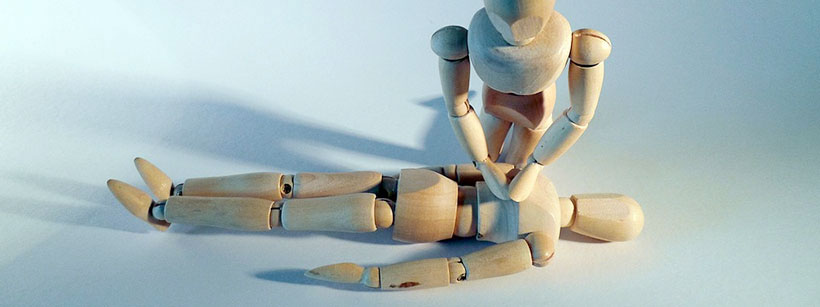
Image by succo from Pixabay
As much as falls are largely preventable and several steps can be taken to avoid them, they do occur and it is important that a caregiver knows how to respond in the event that it occurs.
The measures to take when an elderly person falls include:
- Maintain calmness. This is very important just as in any other emergency case. It helps you keep a clear head which would be needed to handle the situation appropriately.
- Resist the urge to move or shake the fallen person. As the extent of injury is yet unknown, this might cause more harm than good.
- Call an emergency line for help immediately.
- Keep them still at all costs. They might make some attempt to move. Gently reassure them that it’s in their best interests not to do so at least until a professional asseses them.
- If they’re unconscious and unresponsive, check that they’re breathing, check their pulse and other vital signs if you can.
- Look out for any signs of bleeding or swelling from an injury site.
- Check if the limbs are awkwardly positioned as in the case of a fracture.
- Apply first aid care if you’re able to. Otherwise, leave them be and simply ensure they’re as comfortable as possible while help is gotten as quickly as possible.
- Remain by their side until help comes along.
